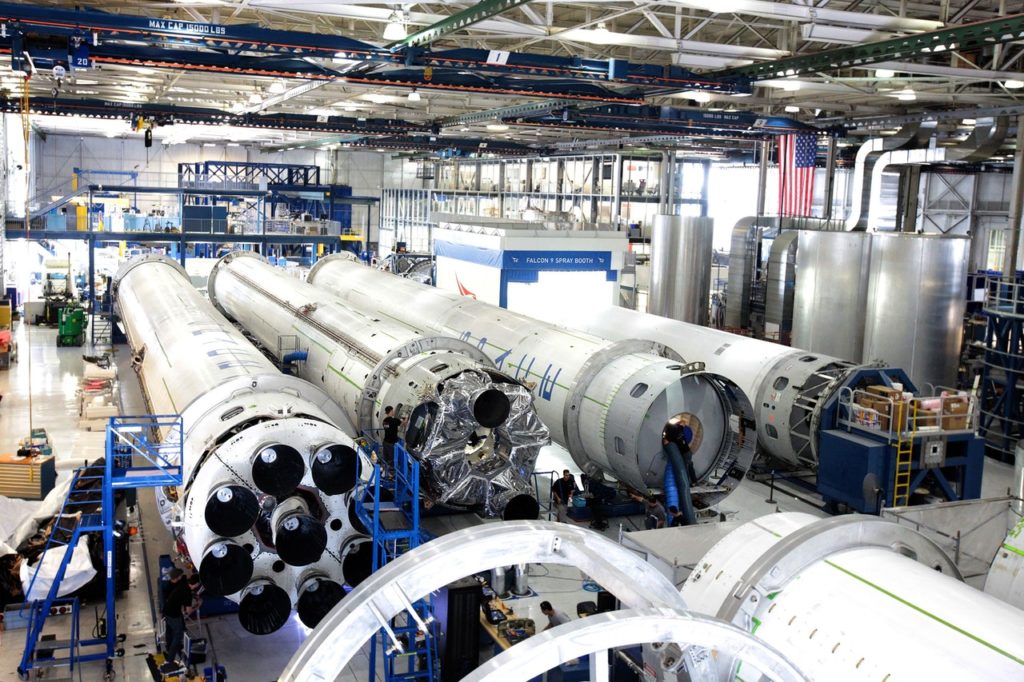OPC, or Open Platform Communications, has been around in some form since 1996. It is based on OLE(Object Linking and Embedding), now known as ActiveX, as well as COM (component object model) and DCOM (distributed component object model) technologies.
Component Object Model (COM) is part of The Microsoft .NET framework and provides the required software infrastructure for data sharing in Windows NT and similar operating systems.
OPC is the standard used in industrial automation and other process-control applications and is primarily a way to address the needs of computer-integrated manufacturing.

OPC is designed to provide a common communication interface for diverse industrial devices. For example, ActiveX/COM technologies allow controlling software components to share data and to interact with one another. This brings disparate process control devices together in a near standardized format.
Standard configuration is the primary purpose behind OPC, according to the OPC Foundation. If automation industry suppliers can use a common interface on all device drivers, devices will immediately work and communicate with each other without the need for complex configuration. Additionally, users will learn one set of tools rather than having to learn, remember, and alternate between dozens of custom toolkits.
Why use OPC?
OPC provides the opportunity to define and write a common interface that can be used and reused by various SCADA, software packages, or
DCS design standards typically allocate master control to the DCS. That’s fine, until you integrate with another system like an HMI that is also designed for master control. What occurs then is a “too many coaches not enough players” situation where machines fight for control.
OPC functions as a mediator, teaching the fighting components to work together. Once shared data points are mapped, the OPC server should allow automatic updates to and from both systems.
Benefits of Open Platform Communications
OPC offers a number of benefits to the user. This includes
- Ease of Integration. With PC technology now extending to complex control systems through HMIs, DCS, SCADA, and other manufacturing applications, OPC standards open the door to an open exchange of information between applications throughout the plant floor. Then, the user can then focus on his business rather than system integration issues.
- Ease of Connectivity/Interoperability. Customer-developed applications can exchange data with any connected OPC server. Even with little to no knowledge of the customer’s industrial network, successful applications can be written and deployed successfully.
- Freedom to Choose. With more plug-and-play options available, end users can better tailor their hardware and software to meet their needs from different vendors without fear of incompatibility. Such open systems remove the need for users to remain with a single vendor.
- Add/Delete without System Shutdown. Adding points without OPC meant stopping drivers. But this is no longer necessary. OPC allows point addition or deletion while the server is up and running.
AX Control has replacement parts for the Fuji Electric AF-300 Mini in stock and ready to ship. Call our team today for a price quote.

You must be logged in to post a comment.